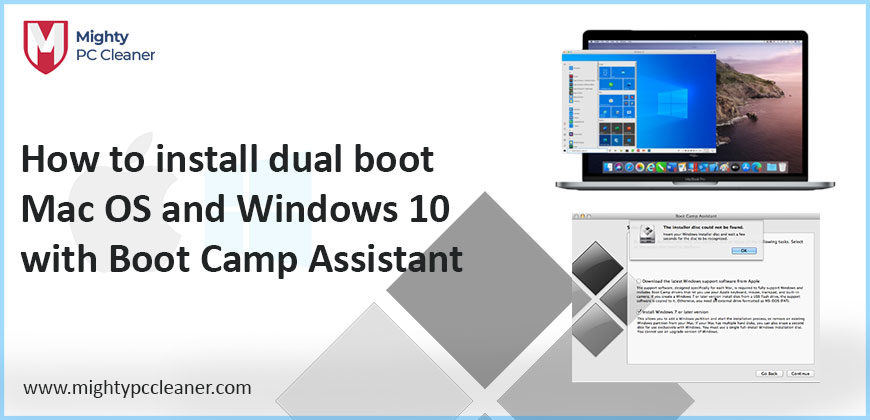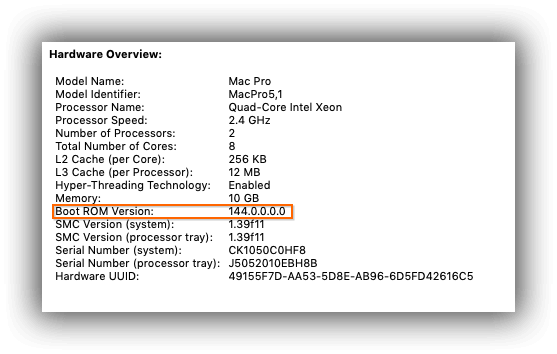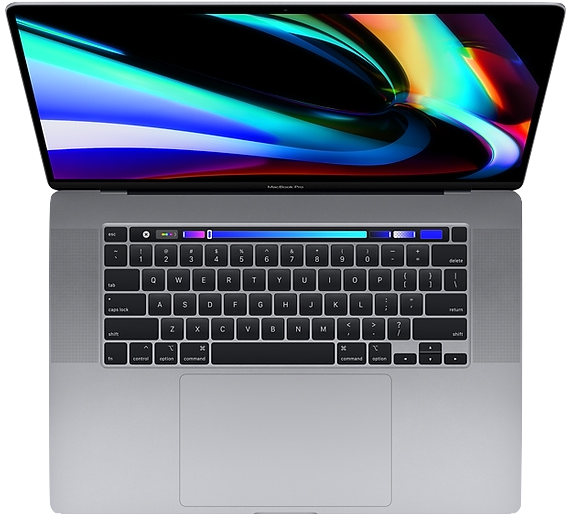
- How to reduce fan noise in macbook pro bootcamp windows 10 how to#
- How to reduce fan noise in macbook pro bootcamp windows 10 windows 10#
- How to reduce fan noise in macbook pro bootcamp windows 10 pro#
- How to reduce fan noise in macbook pro bootcamp windows 10 software#
- How to reduce fan noise in macbook pro bootcamp windows 10 mac#
How to reduce fan noise in macbook pro bootcamp windows 10 pro#
How to reduce fan noise in macbook pro bootcamp windows 10 how to#
How to reset the SMC on your particular MacBook Pro writing code, browsing internet, watching youtube, etc. However, the first thing I'd try is resetting the System Management Controller (SMC). Bought a 16 inch macbook pro i9 last week, after a while of routine usage, cpu fan keeps spining at above 3000 rpm when connected with an external monitor, and cpu temperature at between 50-60 celsius, this is with some light work load, e.g.
How to reduce fan noise in macbook pro bootcamp windows 10 software#
However, since Boot Camp is provided by Apple and Boot Camp Assistant software is included with macOS, you know it's safe to use.Īs for your description of the loud sound the fans are making, it's not clear from your question whether your fans are always loud or only when you're trying to do certain things.

Unfortunately it's difficult for anyone here to speculate on what the Engineer meant, except to say that it seems something has been lost in how they've explained it to you.
How to reduce fan noise in macbook pro bootcamp windows 10 windows 10#
This story is updated periodically with new information.The 2017 MacBook Pro (13-inch, 2 x Thunderbolt 3 ports) is more than capable of running the latest 64-bit versions of Windows 10 installed with Boot Camp. Follow Apple's instructions for resetting the SMC.
How to reduce fan noise in macbook pro bootcamp windows 10 mac#
The SMC is responsible for controlling low-level functions on your Mac including "thermal management," aka the cooling fan. If your Mac is clean and grime-free and you are keeping your apps and tabs in check and the fan is still spinning frequently and loudly, then try resetting the System Management Controller (SMC). If you get one of the results that indicates there may be an issue with your fan, it's time to contact Apple Support or visit your nearest Genius Bar for a repair. There are three codes, all starting with "PPF," related to the cooling fan. For a more thorough investigation, you can check a box to run an extended test that will take an hour or more to complete.Ĭheck out this Apple Support page of reference codes that may appear in the Test Results section after the test completes. The standard test takes only a minute or two to complete and will report any hardware issues. If that appears to be the case, then you will need to open up your Mac to get under the hood.įollow the onscreen instructions to start the test. Of course, you run the risk of just blowing the debris further into your Mac. If it looks like a bunch of grime has collected along the vents, you can try blowing it away with a can of compressed air. I use a coffee table book to keep my MacBook Pro's vents unobstructed when sitting on a couch or lying in bed. If you block these vents by resting your laptop on a lap, couch cushion, pillow, bed or blanket, then your Mac is sure to heat up quick.

These vents draw in cool air and expel hot air. The MacBook Pro has vents on its sides and back edge, and the MacBook Air has vents along its back edge. In my experience, Chrome is more of a resource hog than Safari, so you might try switching browsers for a quieter Web browsing experience (and good news, Safari is getting favicons!) I also use my iPhone ( $309 at GameStop) to play music and podcasts with iTunes and Spotify instead of keeping those apps running on my MacBook Pro. To see which apps are using the most CPU resources, open the Activity Monitor and click on the CPU tab. Cut down on your multitasking by closing apps when you are done using them, especially when you are using graphics-intensive apps like Photoshop and iMovie.

The more apps and browser tabs you've got running, the greater the odds are that your Mac will need to employ its fan to keep things cool. Read more: Best MacBook Air alternatives for 2020 Check your apps and tabs Set aside a little time to genuinely focus on your fan health, and you'll continue to get a lot of quality life out of your MacBook - without it sounding like you're at the airfield. Whatever you do, don't ignore the problem. There are five proven ways to do this, and it might be that you need to go through all of these steps until your fan finally calms down. But your Mac's fan has gone from occasionally spinning to regularly and loudly spinning, you'll want to slow its roll (or whir, as it were). Unless you have the tiny, fanless MacBook, then your MacBook Pro or MacBook Air will occasionally fire up its cooling fan to keep its thermals in check. Humans sweat, dogs pant and laptops generally spin fans to keep cool. For the most part, fans are a part of laptop life. If your MacBook's fan is running too loud for too long, and too frequently, you may have a problem. Your fan is there to cool your MacBook, but sometimes it can get too damn loud.


 0 kommentar(er)
0 kommentar(er)
